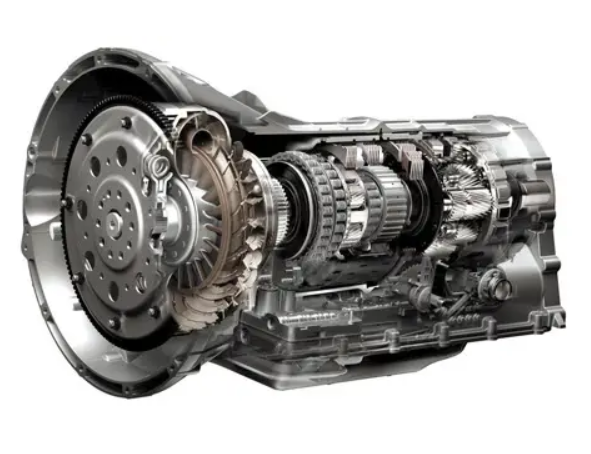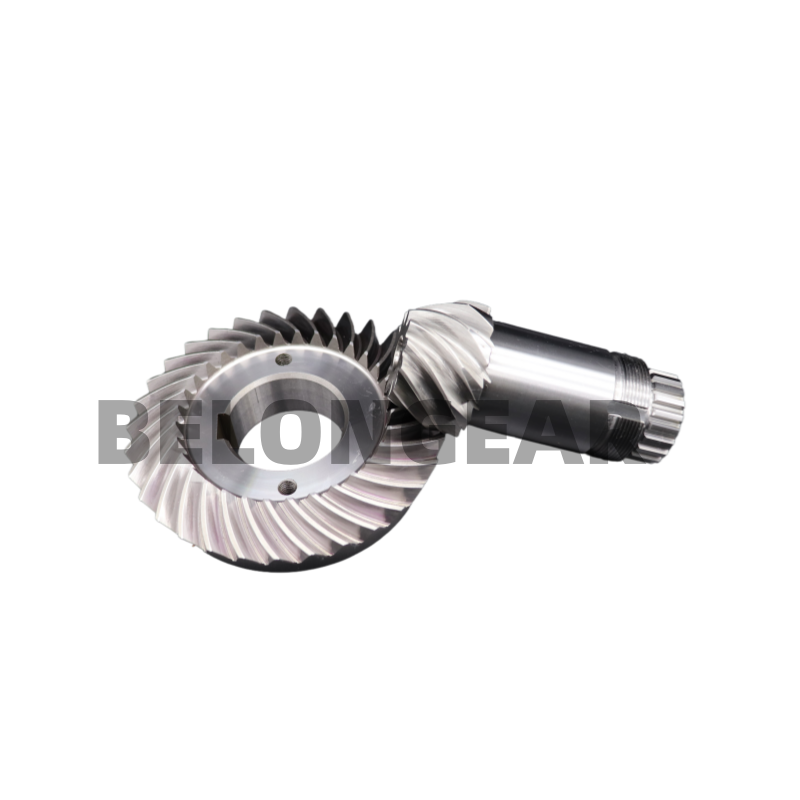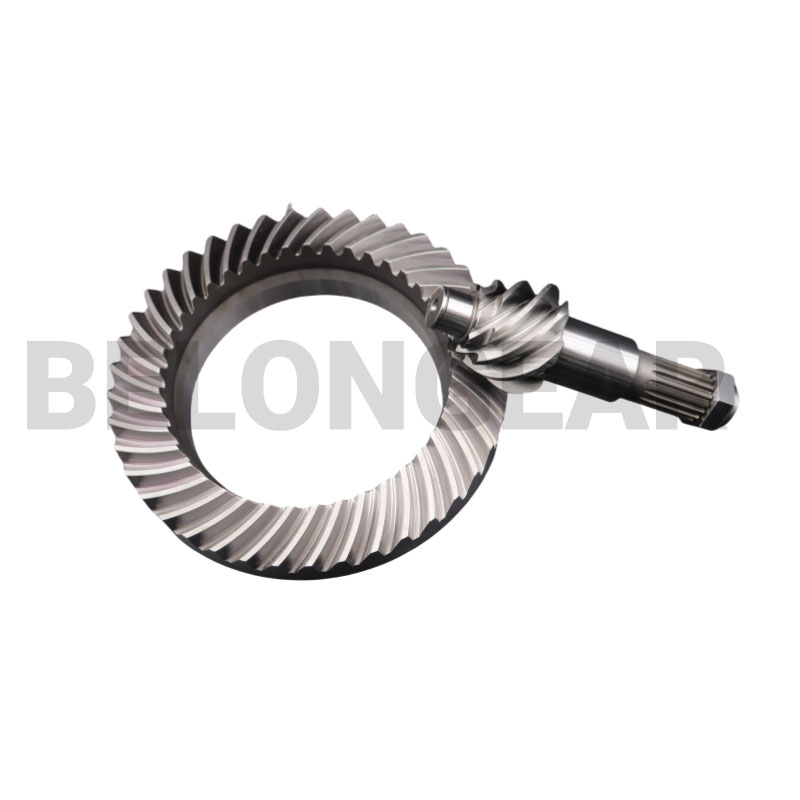Hydraulic systems are widely used in construction machinery, industrial equipment, agriculture machinery, and energy sectors. These systems transmit power by converting hydraulic energy into mechanical motion, and gears play an essential role in ensuring efficient torque transfer, motion control, and reliable operation. From hydraulic pumps to motors and control units, gears are indispensable in optimizing performance and durability.

Gears in Hydraulic Pumps
One of the most common applications of gears in hydraulic systems is the hydraulic gear pump. This type of pump relies on two meshing gears typically spur gears or Helical gears to draw hydraulic fluid into the pump chamber and pressurize it for downstream applications. Spur gears are simple, efficient, and cost effective, making them suitable for low to medium pressure pumps. Helical gears, with their angled teeth, provide smoother operation, reduced noise, and greater load capacity, making them ideal for high-performance hydraulic pumps used in demanding industries.
Gears in Hydraulic Motors
Hydraulic motors often employ gears to convert hydraulic energy into rotary motion. Gear motors generally use external spur gears, internal gears, or even planetary gear sets, depending on torque and speed requirements. Spur gear motors are compact and efficient, suitable for light- to medium duty tasks. Internal gear motors, also known as gerotor or geroler motors, deliver smooth torque output and are valued for their quiet performance. In heavy-duty applications, planetary gears are often combined with hydraulic motors to increase torque capacity while maintaining a compact design.

Control Systems and Power Transmission
Hydraulic pumps and motors, gears also contribute to hydraulic control systems. Precision gears are used in valves, actuators, and auxiliary drives to ensure accurate fluid regulation and positioning. Bevel gears and worm gears may be applied in specialized hydraulic equipment where angular power transfer or speed reduction is required. Additionally, gear couplings are often integrated into hydraulic driven machinery to align shafts and absorb misalignment, enhancing system reliability.
Common Gear Types in Hydraulic Applications
Several gear types are commonly used in hydraulic systems. Spur gears are favored for their simplicity and efficiency. Helical gears are chosen when quiet operation and higher load capacity are required. Internal gears are employed in compact pumps and motors where smooth fluid displacement is critical. Planetary gear sets are utilized to achieve high torque density in compact assemblies, particularly in hydraulic drive systems. Bevel gears are applied where directional changes of motion are needed, and worm gears may be used in auxiliary hydraulic mechanisms requiring high reduction ratios.

Belon Gears are fundamental to the performance of hydraulic systems. Whether in pumps that pressurize fluid, motors that produce rotary motion, or control devices that regulate system performance, gears ensure reliability, precision, and efficiency. The selection of gear type—spur, helical, internal, planetary, bevel, or worm—depends on the specific demands of the hydraulic application. By combining hydraulic power with advanced gear engineering, modern hydraulic systems achieve high performance and durability across construction, agriculture, manufacturing, and industrial automation.
Post time: Aug-28-2025




